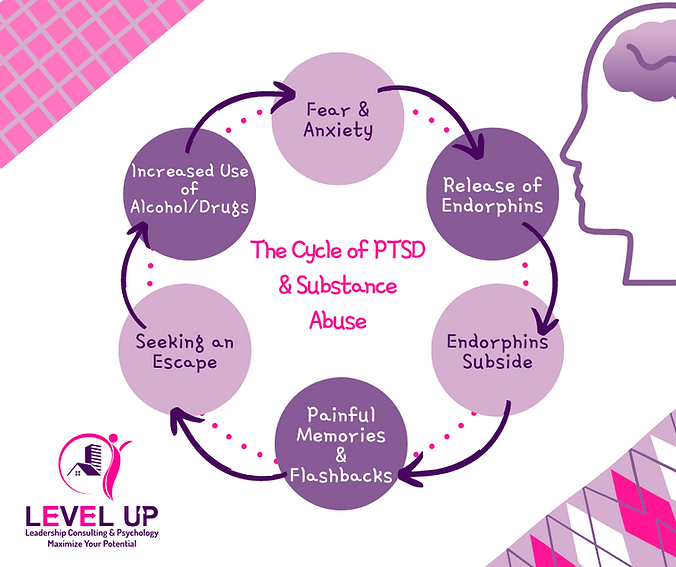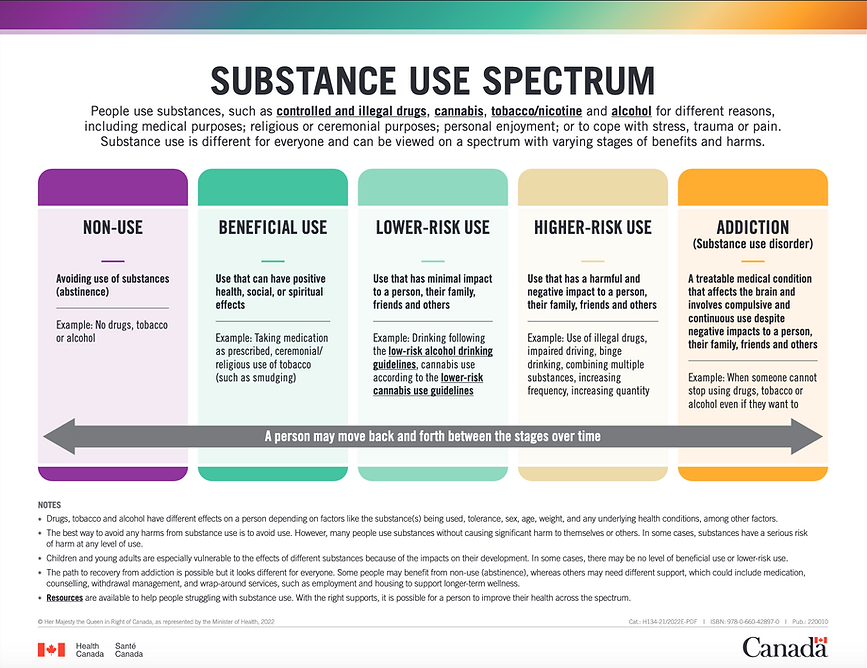Substance abuse and behavioral addictions can arise from a complex interplay of factors, and often multiple causes contribute to an individual’s vulnerability. Some of the primary causes and risk factors include:
Biological Factors:
Psychological Factors:
Environmental Factors:
Cultural and Societal Factors:
Developmental Factors:
Co-occurrence: Sometimes, an individual might start using substances or engage in behaviors as a way to self-medicate or cope with another addiction.
Life Transitions and Stress: Major life changes, whether positive (like getting a new job) or negative (like losing a loved one), can be stressful and increase the risk of substance abuse or behavioral addictions as a coping mechanism.
It’s important to recognize that addiction is a multifaceted issue, and each individual’s experience is unique. Not everyone exposed to these risk factors will develop an addiction, and some people with no apparent risk factors may still become addicted. Effective prevention and treatment strategies often consider the multifactorial nature of addiction, addressing both the individual’s specific needs and broader environmental influences.
The definition of addiction is “the compulsive engagement in rewarding stimuli despite adverse consequences.”
Addiction can present in many different forms. The most commonly known addiction is to some form of substance in which there is an uncontrolled usage of legal or illegal drugs, alcohol, or medications
Process addictions, however, are characterized by the compulsive nature of behaviour. This can include unhealthy behaviours around gambling, sex, pornography, video games, shopping, eating, working, exercise, social media etc. Although these behaviours are common and legal, they can be used in addictive ways.
Payton specializes in substance use and addictions.
Substance use and addiction is highly co-morbid with other disorders. Meaning that if an individual is struggling with addiction they are likely also impacted by anxiety, depression, and other mental health struggles. Therefore, when treating addiction it is essential to acknowledge other difficulties a person may be battling. For this reason, the therapist will not only focus on addiction but also other aspects of the person’s mental health. This will help to develop a thorough and comprehensive clinical picture that can be used to create and implement a treatment plan.
For some, recovering from addiction means complete abstinence from the substance or behaviour and for others it does not. You and your therapist will discuss personalized goals that are appropriate for overall success. Together, you and your therapist will develop strong strategies for how to achieve these goals. Since therapy can often provoke difficult feelings it is essential that a safety plan be developed that incorporates internal and external coping mechanisms that can be used when cravings and urges arise.

Alcohol or drug abuse may be an individual’s immediate concern, but these types of concerns are often reinforced by an underlying layer of post-traumatic stress disorder (PTSD) which created the conditions necessary for addiction to take hold. In order to break the cycle of PTSD and substance abuse, it is important to not look at the addiction alone. All of the concerns must be dealt with, in order to pave the way for a complete recovery.
Traumatic experiences no matter when they occur in an individual’s life can have long-term psychological effects. When the body respond’s to immediate stress it releases endorphins to cope, when the effects of the endorphins wears off. the body will search for something else to replace them with.
At the same time, the traumatic event stays in the mind of the victim, unable to be processed. It may be replayed over and over again, bringing painful memories back into consciousness. Words, sounds, images and feelings that remind the person of the traumatic incident can trigger flashbacks. The all-too-common phenomenon of soldiers returning home with PTSD is confirmation that such a difficult ordeal can affect even the strongest members of society.
One aspect of addressing substance use is exploring any emotional avoidance that an individual may be engaging in. Emotional avoidance is the tendency to avoid experiencing certain emotions, thoughts, memories or physical sensations. Although emotional avoidance creates relief in the short term in can be very harmful in the long run. The use of substances facilitates emotional avoidance by dissociating a person from their natural feelings. Therefore, a part of addiction recovery is exploring which experiences have been avoided in the past and beginning to approach them in therapeutic way. This process can be difficult but is done with guidance and compassion from a trained therapist.
A large part of addiction treatment is exploring and enhancing the positive aspects of a person. Substance use is only one part of an individual and does not encompass the whole person. Therefore, while engaging in addiction treatment, you and your therapist will explore your value systems to inform goal creation. This sets the stage for you to take action while living in accordance with your values.

If you have questions regarding addictions services, please contact our client relations team.